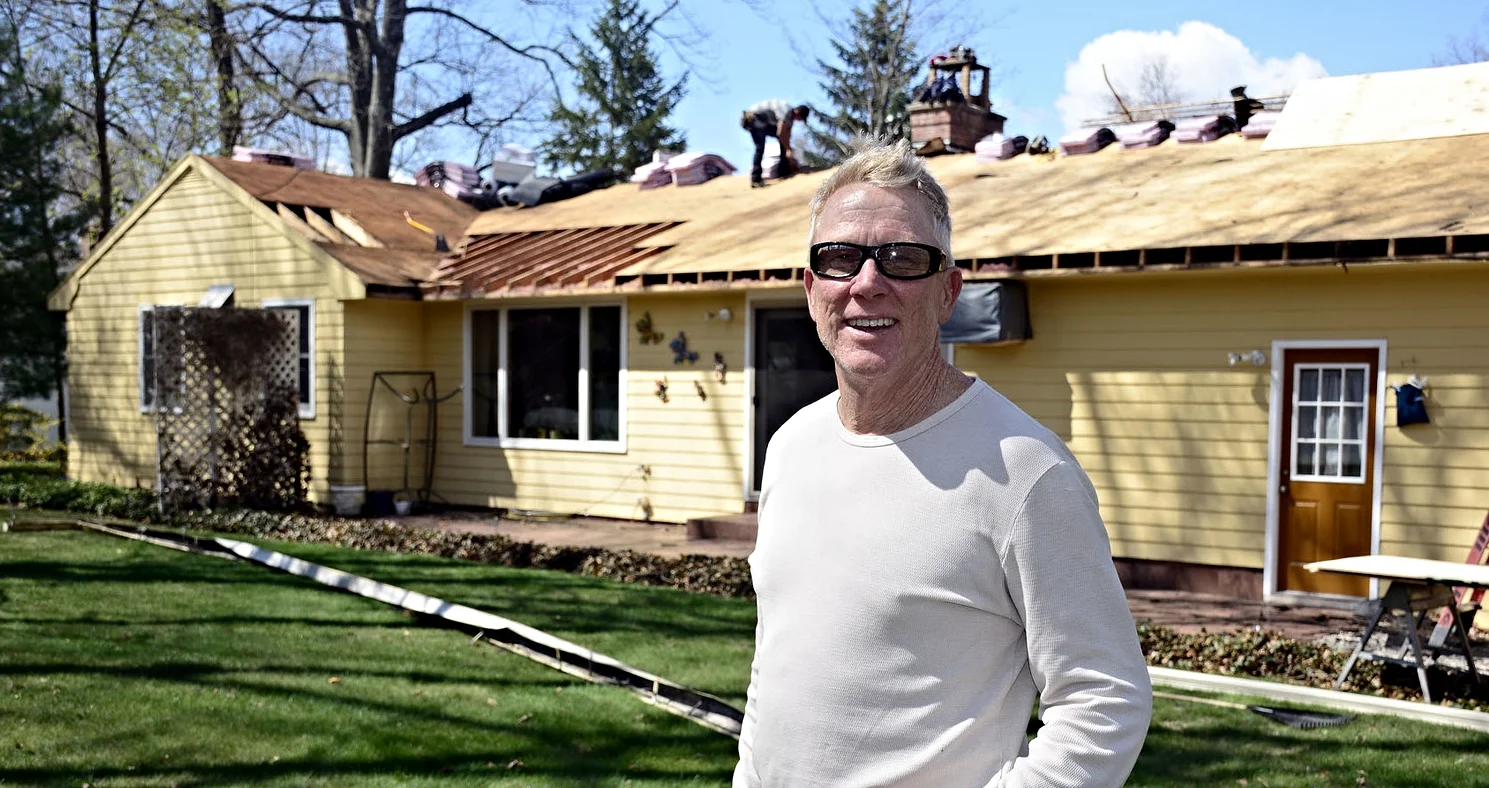Waterproofing Your Chimney
Chelsea O'Donnell
With recent summer rainstorms bringing unexpected downpours, homeowners need to pay extra attention to their chimneys. A chimney can be a hidden source of leaks and damage if not properly maintained. Waterproofing your chimney is essential to protect your home from moisture damage, ensuring it remains safe and sound throughout the year. Here’s a step-by-step guide to help you waterproof your chimney effectively.
Why Waterproof Your Chimney?
Chimneys are exposed to the elements year-round, making them susceptible to water damage. Bricks and mortar can absorb water, leading to deterioration over time. This process can cause cracks, spalling (flaking of the brick surface), and even structural damage. Waterproofing your chimney not only prevents these issues but also extends its lifespan, saving you money on potential repairs.
Assess the Current Condition
Before you begin waterproofing, inspect your chimney for any existing damage. Look for cracks, loose mortar, or spalling bricks. If you find significant damage, it’s best to have a professional mason repair these issues before proceeding with waterproofing. Minor cracks and gaps can be filled with a high-quality chimney sealant.
Clean the Chimney
A clean surface is crucial for effective waterproofing. Remove any dirt, moss, or debris from the chimney using a wire brush and a garden hose. For stubborn stains, a mild detergent solution can be used. Ensure the chimney is completely dry before applying any waterproofing products.
Choose the Right Waterproofing Product
There are various waterproofing products available, but not all are suitable for chimneys. Opt for a breathable, water-repellent solution designed specifically for masonry. These products allow water vapor to escape from the brick while preventing liquid water from penetrating the surface.
Apply the Waterproofing Solution
Preparation: Wear protective gloves and eyewear. Cover the surrounding area to protect it from overspray.
Application: Using a pump sprayer or a paintbrush, apply the waterproofing solution evenly across the entire chimney surface. Start from the bottom and work your way up to ensure complete coverage. Be generous with the application, but avoid over-saturating any area.
Second Coat: After the first coat has dried (usually within a few hours, depending on the product), apply a second coat for added protection.
Drying Time: Allow the chimney to dry thoroughly. Check the manufacturer’s instructions for specific drying times, but typically, it takes about 24-48 hours for the solution to cure completely.
Regular Maintenance
Waterproofing is not a one-time fix. Inspect your chimney annually, especially after heavy rainstorms, to ensure the waterproofing is intact. Reapply the waterproofing solution every 5-7 years, or as recommended by the product manufacturer.
Waterproofing your chimney is a straightforward task that can save you from costly repairs and headaches down the line. However, this project should only be done if you’re completely comfortable on a roof and using a ladder. If this kind of home maintenance task isn't something you do regularly, it’s a good idea to call a professional. No home improvement job is worth a trip to the emergency room.
Bob O’Donnell is the owner of O’Donnell Bros. Inc., a Bristol-based home improvement company established in 1975. Email your questions for Bob to info@odonnellbros.com with the subject line “Ask the Pro.” All questions may be considered for publication. To contact Bob for your remodeling needs, call O’Donnell Bros. Inc. at (860) 589-5155 or visit http://www.odonnellbros.com. Advice is for guidance only.
